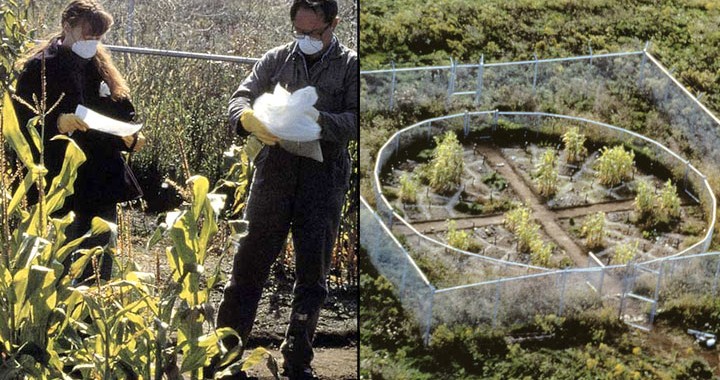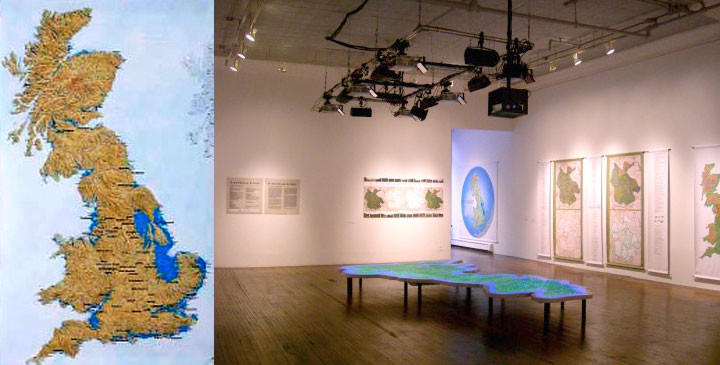Zurkow combines environmental themes with popular culture to create artworks that are both playful and thought provoking.

Dear Climate, 2014
Zurkow along with Una Chaudhuri, Oliver Kellhammer, Fritz Ertl, and Sarah Rothberg create soundscapes and agitprop posters that highlight the fears and desires associated with climate change. The group presents their posters to the climate with an open letter:
Dear Climate,
…
These broadsheets, really just bits of paper, are our missive, our small odes of affection and awe, and our self-helpful hints that have been scattered by our whirlwinds. They are our apologies, our jest and protest, our bright ideas, bad ideas, and mental quick fixes. We’d like to make amends, to start by shifting relations: with you, with other species, and our own tempestuous inner climate, too.
…
If you’ll accept them, dear Climate, these offerings will seal our promise to meet the terrors ahead and build the tolerances they will demand.1


Poster Child, 2007
In this animated installation, Zurkow merges icons of climate change and American gun culture. A polar bear and unclothed, pink children inhabit an Arctic seascape—they ride melting icebergs on a shimmering ocean littered with electronic waste. Both bear and children could be seen as symbols of innocence and vulnerability, but Zurkow subverts these associations with images of violence. The children carry guns that they enthusiastically fire into the air; the bear tears into the flesh of prey she’s recently caught—blood stains her paws and the ice floe she rides. In Zurkow’s animation, the bear and children oscillate between aggressor and victim.2 They perhaps represent our own difficult position in the midst of climate change—our daily habits contribute to global warming and environmental degradation and we also suffer the consequences of unstable weather patterns and economic dislocation.

1 Dear Climate website.
2 Linda Weintraub, To Life! Eco Art in Pursuit of a Sustainable Planet (Berkeley, CA: University of California Press, 2012), 314-318.




